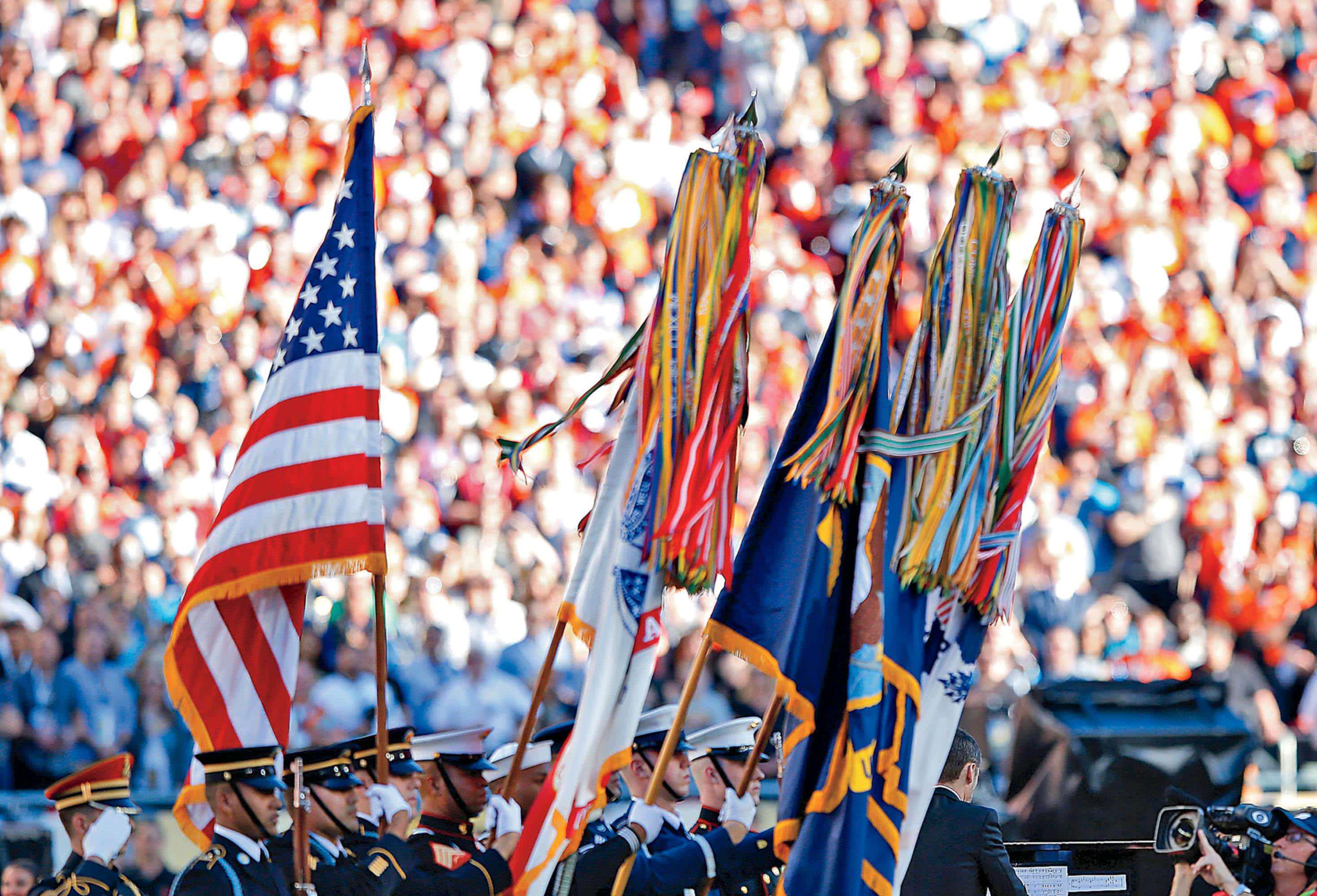

Without the pyrotechnics, Hendrix’s approach to the lead notes was surprisingly unspectacular-a fact that heightened the tension of the song when juxtaposed with his inimitable exercises in distortion. In between the machine-gun fire, bombs dropping, smoke billowing from napalm blazes, and a wrenching undercurrent that evoked the agonizing polarity which tore our country apart and destroyed Vietnam, Hendrix treated the song with surprising reverence. The sounds Hendrix drew from his Fender Strat were literally an aural recreation of war. Its stunning interpretation of that particular era rendered it timeless enough to be as relevant today as it was then.

A model of compressed expressionism, “SSB” was a work that evoked the chaos of the times in a manner which was frightening, apocalyptic, and, at the same time, exceedingly freeing and optimistic as a composition it perfectly encapsulated the multitudinous forces colliding at the end of the 1960s. While his segue into the song after a lengthy rendition of “Voodoo Child (Slight Return)” seemed almost incidental, his execution underscored the fact that he was fully aware of the significance of it being performed in the midst of a cultural milestone such as Woodstock. Photos: Allan Koss / © Authentic Hendrix, LLC Jimi Hendrix on stage at Woodstock Art & Music Fair, August 1969 Hendrix undoubtedly would have played “Star Spangled Banner” with or without Morrison’s prodding, as the anthem had become a fixture on The Jimi Hendrix Experience’s concert setlist since August 1968. When Mike left the house, I told Jimi to go for it.” Because Jimi was going on as the final act, I thought he had to play the national anthem. It had caused a riot in Dallas, and he said that things were bad enough already here without making them worse. Speaking to journalist Jerry Hopkins, Morrison recalled, “There was an argument between me and Mike Jeffrey (then Hendrix’s manager) over whether or not Jimi should play “Star Spangled Banner.” Mike said no. In spite of its subsequent canonization, according to Jerry Morrison, a music industry gadfly who was friends with Michael Jeffrey, “Star Spangled Banner” almost wasn’t performed at all. Lack of organization prompted Hendrix to concentrate mostly on extended jams, and his playing was characteristically excellent. The group assembled on stage with Hendrix was a one-off appearance by an expanded ensemble that Hendrix called Gypsy Sun & Rainbows and featured the likes of Mitch Mitchell on drums, Billy Cox on bass, Larry Lee on rhythm guitar, Juma Sultan and Jerry Velez on percussion and Hendrix leading the way with guitar and vocals.Īnd while their performance was rough around the edges, given the conditions under which they were forced to play, the set was commendably strong. Cold, hungry, and lacking the most basic amenities, those who waited for Hendrix to perform were to become witnesses to one of the pivotal moments of the tumultuous ’60s. By this time, the festival grounds were a wasteland of mud and debris. It would be some ten hours after he was originally slated to play that Hendrix would finally perform on a soggy Monday morning before a crowd that had dwindled from a weekend high estimated at 400,000 to a comparative paucity of 30,000. Originally booked to close the festival the previous night, schedules had, by this time, gone the way of the fences that once enclosed Max Yasgur’s farm. When Hendrix and his band took the stage at Woodstock on August 18, 1969, circumstance had altered the nature of the intended performance. Galvanized by conflicting struggles between the powers sanctioning (among other things) the war in Vietnam and those advocating alternative ways of being, “SSB” can, in a sense, be seen as the culmination of Hendrix’s artistic vision, as well as one of the high points of his unsurpassed technical achievement. “Jimi Hendrix’s performance of ‘Star Spangled Banner’ at Woodstock was a turning point in the history of the counter-culture movement.” ~ Wayne Pernu As a summing up of one of the most volatile eras in the nation’s history, his adaptation of our national anthem has entered our cultural lexicon as perhaps the most powerful musical touchstone of the era, a zeitgeist of expressiveness. Jimi Hendrix’s performance of “Star Spangled Banner” at Woodstock was a turning point in the history of the counter-culture movement. STAR SPANGLED BANNER – Jimi Hendrix At Woodstock: The Anthem of a Generation


 0 kommentar(er)
0 kommentar(er)
